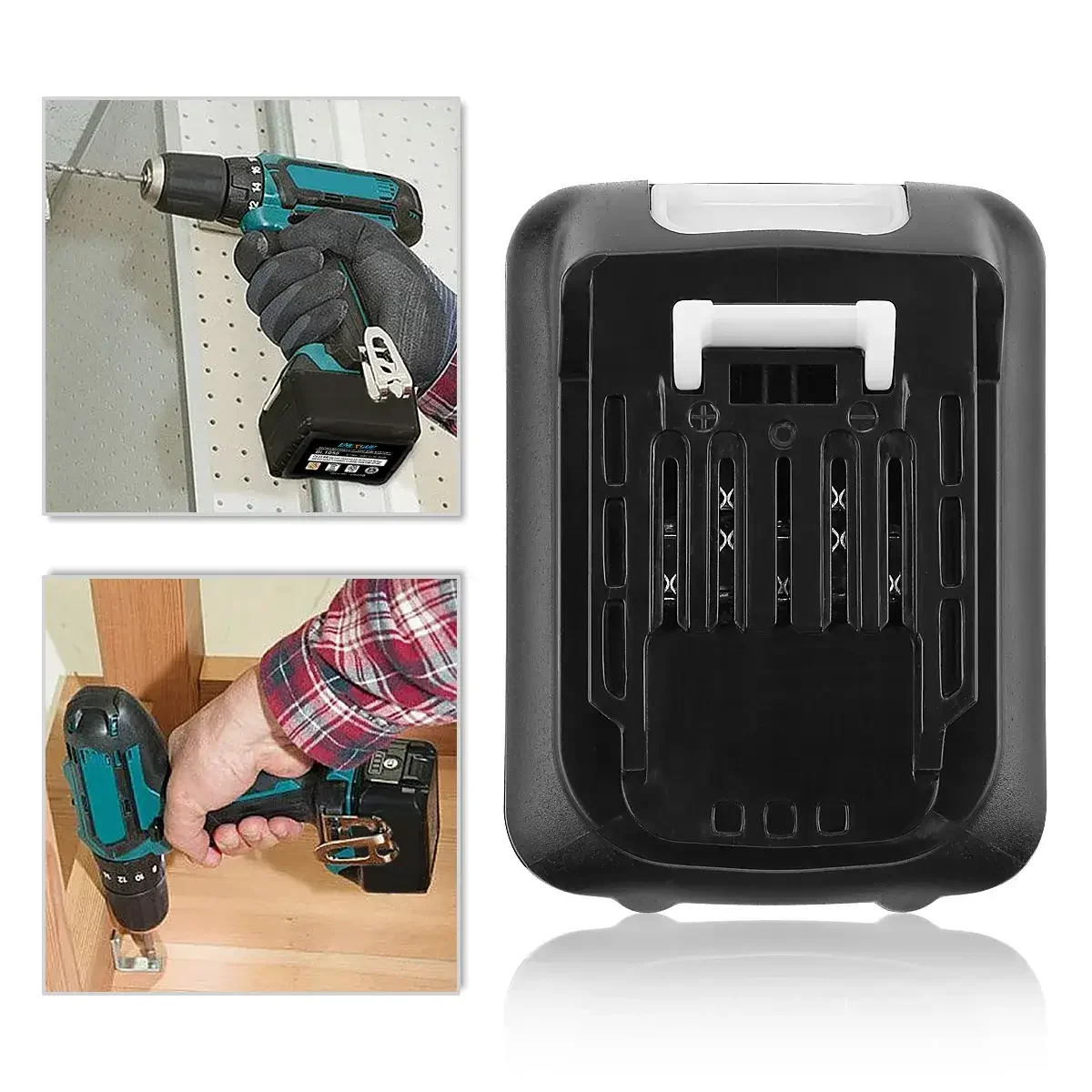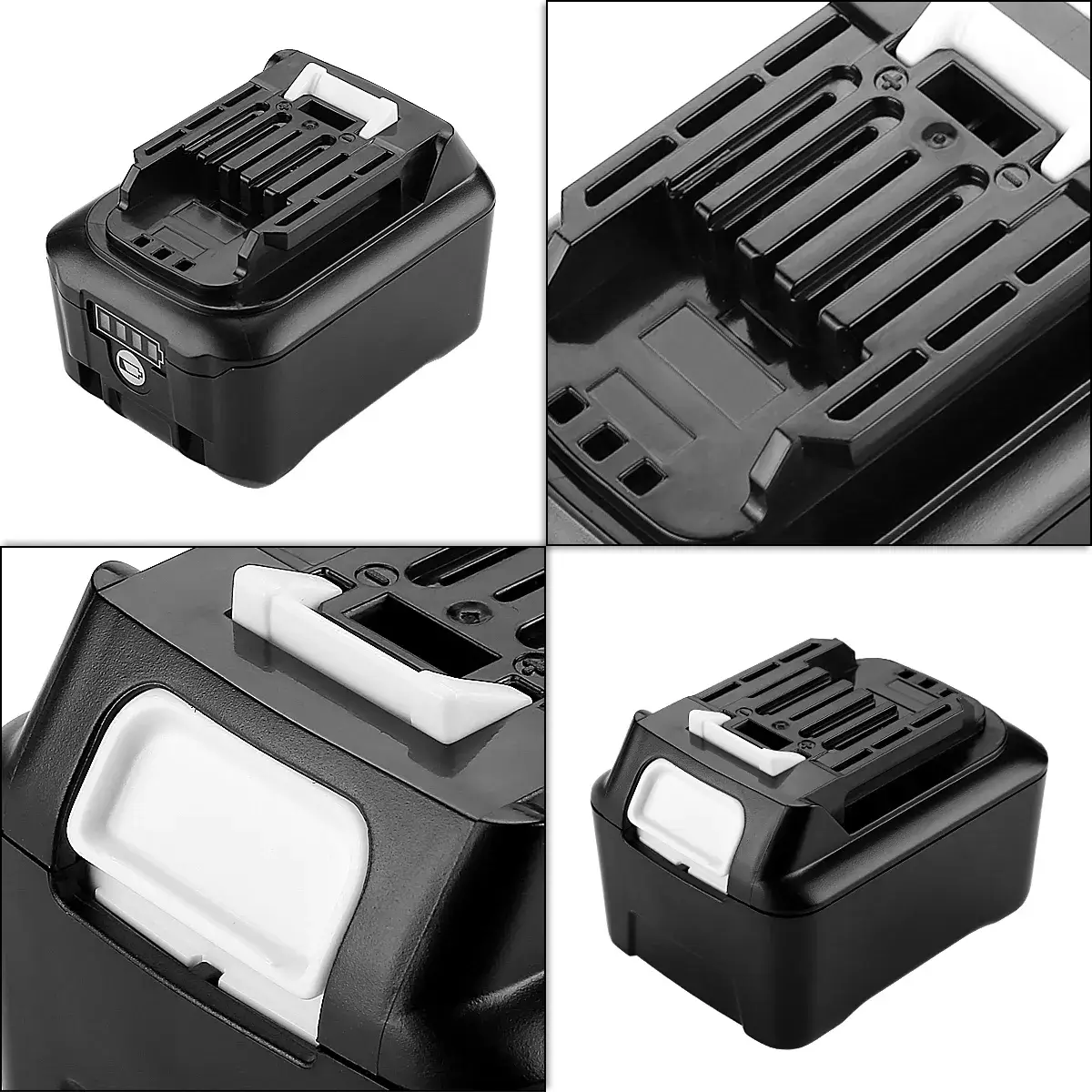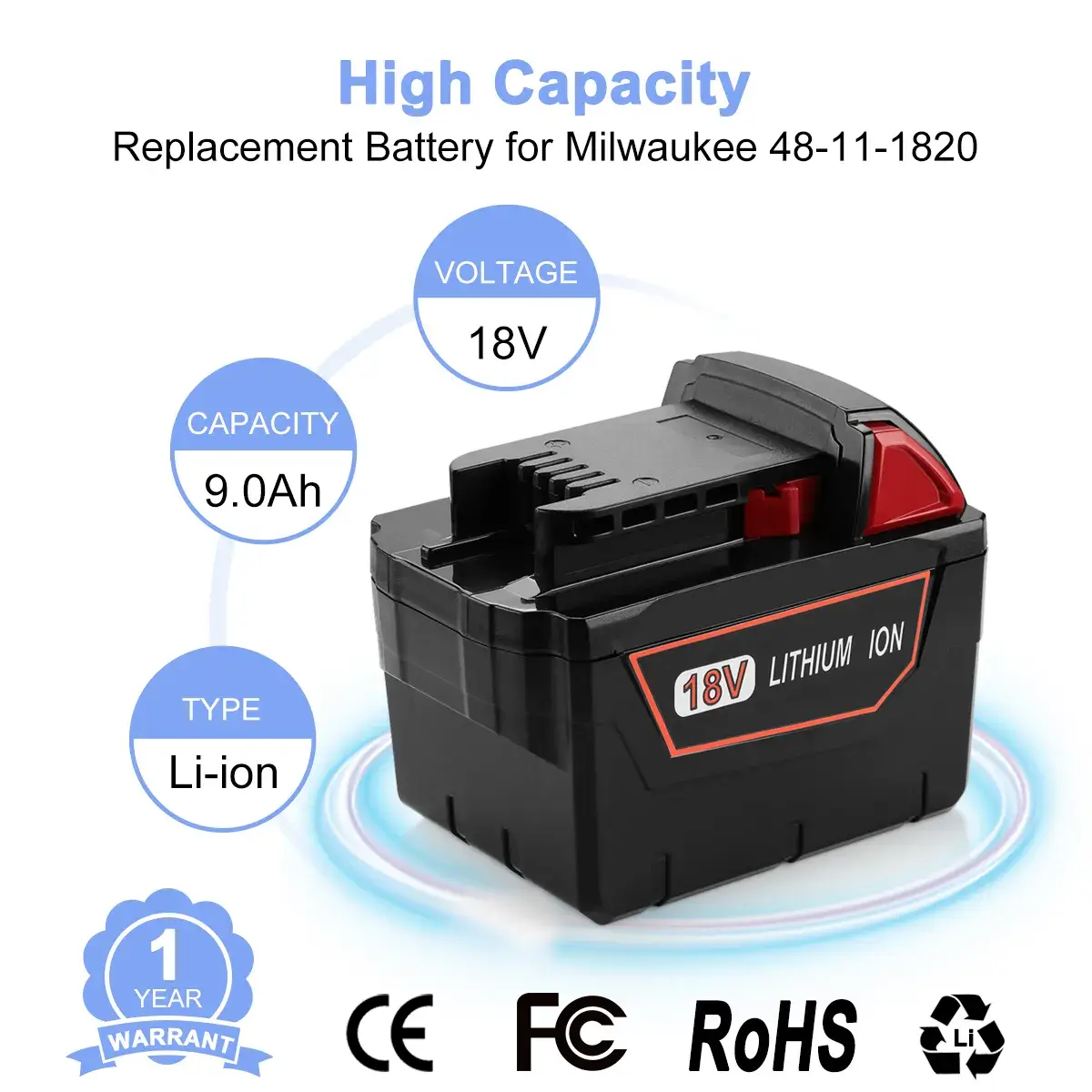Battery C-Rate Explained: How to Power Your Tools Safely & Efficiently
In this section, we introduce the concept of a battery’s C-rating, explaining how it translates capacity (Ah) into safe charge and discharge currents. Understanding C-rating is critical for high-load or fast-charging applications.

1. What Is a Battery C‑Rating?
Define C-rating and distinguish between continuous and peak ratings:
- Definition: The C‑rating equals a multiplier of the battery’s capacity in amp‑hours (Ah).
- Example: A 2 Ah cell at 1 C can deliver 2 A continuous; at 10 C, it can deliver 20 A burst.
Types:
- Continuous C‑rating: Sustainable current over extended periods.
- Peak/Burst C-rating: Short-duration current for high bursts.

MAK-10V8B-LI-3 Li-Ion Battery for Makita 10.8V/12V Tools
2. Converting C‑Rating to Real‑World Current
Use this table to quickly find continuous and peak currents for common capacities and C‑rates:
| Capacity (Ah) | 1 C (A) | 5 C (A) | 10 C (A) | 20 C (A) |
| 1 Ah | 1 A | 5 A | 10 A | 20 A |
| 2 Ah | 2 A | 10 A | 20 A | 40 A |
| 5 Ah | 5 A | 25 A | 50 A | 100 A |
> Note: Peak C‑ratings (e.g., 30 C, 50 C) are sustainable only for a few seconds to avoid overheating.
3. Why Do Batteries Have Different C‑Ratings?
Explain factors influencing C‑rating:
- Internal Resistance (IR): Lower IR allows higher sustained current.
- Cell Chemistry: Lithium‑Polymer (LiPo) often 25–50 C; LCO/NMC around 1–5 C.
- Electrode Design: Larger surface area and optimized thickness for high-drain performance.
- Thermal Management: Effective cooling and cell packaging.
4. Calculating C‑Rate from Current or Capacity
Provide formulas and examples:
- C‑rate formula: C‑rate = Discharge Current (A) ÷ Capacity (Ah)
- Max Current formula: Capacity (Ah) × C‑rate
Examples:
- A 3 Ah cell delivering 30 A → 30 A ÷ 3 Ah = 10 C.
- A 2 Ah cell rated 20 C → 2 Ah × 20 C = 40 A max.

MAK-18V-LI-15 Lithium‑Ion Battery For Makita LXT Power Tools BL1860B
5. FAQ: Common Questions About C‑Rating
Answer top reader questions:
Q1. What is a 1 C, 2 C, or 3 C battery?
1 C delivers a current equal to capacity in amps (1 Ah → 1 A); 2 C = 2× capacity, etc.
Q2. What does 25 C mean on a battery?
25 C means the pack can deliver 25× capacity in amps (e.g., 1 Ah → 25 A peak) for short bursts.
Q3. Which is better: a 10 C or 20 C battery?
20 C can deliver twice the current but may trade off capacity and cycle life; select based on power vs. runtime needs.
Q4. Is a higher C‑rating always better?
Higher C supports more current, but often increases cost, weight, and may reduce energy density and longevity.
Q5. What’s the difference between 25 C and 50 C LiPo batteries?
50 C supports higher burst currents than 25 C but may have lower capacity per cell and shorter cycle life.
6. Key Takeaways & Next Steps
Summarize and guide application:
- Recap: C‑rating converts Ah capacity to safe current limits for charging/discharging.
- Action: Use the conversion chart or formulas to verify your battery meets your device’s current demands.
- Next Steps: Review manufacturer datasheets for both continuous and peak C‑ratings, and choose a battery that balances power capability, capacity, weight, cost, and lifespan.
Understanding C-ratings ensures you select batteries that deliver the right current safely for your applications.